Growing Awareness and Education
The Endoscopic Submucosal Dissection Market is experiencing growth due to increasing awareness and education regarding gastrointestinal health and available treatment options. Healthcare organizations and professionals are actively engaging in campaigns to inform the public about the benefits of early detection and treatment of gastrointestinal disorders. This heightened awareness is leading to more patients seeking endoscopic procedures, including submucosal dissection, as viable treatment options. Additionally, educational programs aimed at training healthcare providers in advanced endoscopic techniques are becoming more prevalent. This focus on education is likely to enhance the skill levels of practitioners, thereby improving the quality of care in the Endoscopic Submucosal Dissection Market. As awareness continues to grow, the market is expected to expand further.
Increasing Healthcare Expenditure
The Endoscopic Submucosal Dissection Market is also benefiting from the increasing healthcare expenditure observed in various regions. Governments and private sectors are allocating more resources towards healthcare infrastructure, which includes the adoption of advanced medical technologies. This increase in funding is facilitating the procurement of state-of-the-art endoscopic equipment and training programs for healthcare professionals. As healthcare systems evolve, there is a growing emphasis on providing high-quality care, which includes the implementation of effective treatment modalities like endoscopic submucosal dissection. The rise in healthcare expenditure is likely to enhance the accessibility of these procedures, thereby expanding the Endoscopic Submucosal Dissection Market and improving patient outcomes.
Focus on Minimally Invasive Techniques
The Endoscopic Submucosal Dissection Market is witnessing a pronounced shift towards minimally invasive techniques in surgical procedures. This trend is largely driven by patient preferences for less traumatic options that promise quicker recovery times and reduced hospital stays. Endoscopic submucosal dissection, as a minimally invasive approach, allows for the removal of tumors without the need for extensive surgical intervention. The increasing awareness among patients and healthcare providers about the benefits of such techniques is likely to contribute to the market's growth. Furthermore, advancements in training and education for endoscopic procedures are enhancing the skill sets of practitioners, which may lead to a broader adoption of endoscopic submucosal dissection. This focus on minimally invasive techniques is expected to be a key driver in the Endoscopic Submucosal Dissection Market.
Rising Incidence of Gastrointestinal Disorders
The Endoscopic Submucosal Dissection Market is significantly influenced by the rising incidence of gastrointestinal disorders, including esophageal and gastric cancers. According to recent data, the prevalence of these conditions has been steadily increasing, leading to a higher demand for effective treatment options. Endoscopic submucosal dissection is recognized for its ability to remove early-stage tumors with minimal invasiveness, making it a preferred choice among healthcare providers. The World Health Organization has reported that gastrointestinal cancers account for a substantial percentage of cancer-related deaths, underscoring the urgent need for advanced therapeutic interventions. This growing patient population is expected to drive the demand for endoscopic procedures, thereby propelling the Endoscopic Submucosal Dissection Market forward.
Technological Advancements in Endoscopic Submucosal Dissection
The Endoscopic Submucosal Dissection Market is experiencing a surge in technological advancements that enhance the precision and efficacy of procedures. Innovations such as high-definition endoscopes and advanced electrosurgical devices are becoming increasingly prevalent. These technologies not only improve visualization but also facilitate more effective dissection of submucosal lesions. The integration of artificial intelligence in endoscopic procedures is also on the rise, potentially leading to better diagnostic accuracy and treatment outcomes. As a result, the market is projected to grow at a compound annual growth rate of approximately 8% over the next few years, driven by these advancements. The continuous evolution of tools and techniques in the Endoscopic Submucosal Dissection Market is likely to attract more healthcare professionals, thereby expanding the market further.


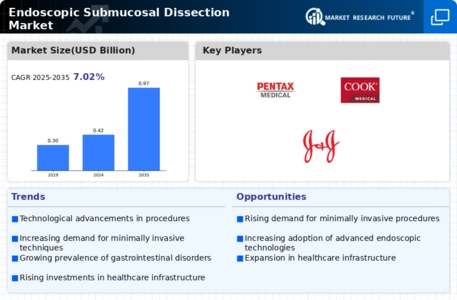

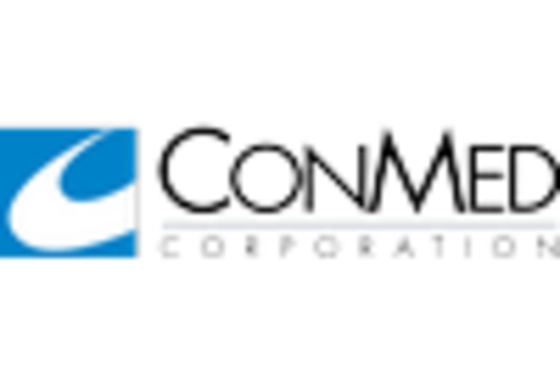
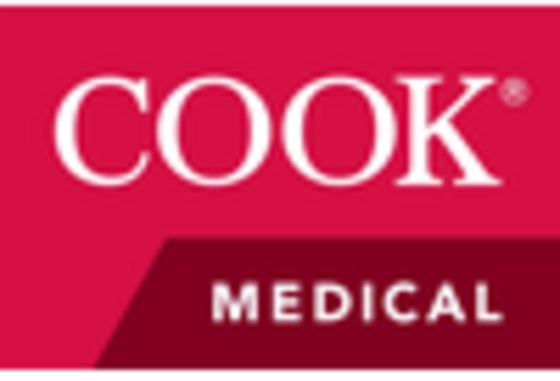
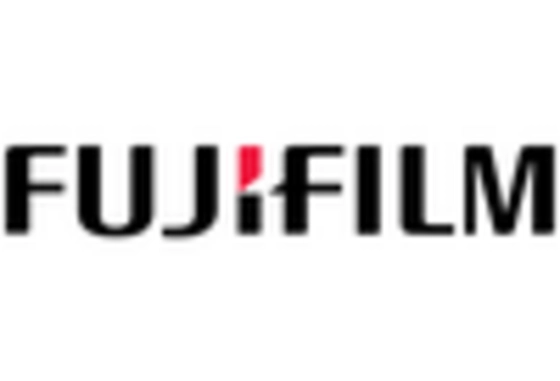
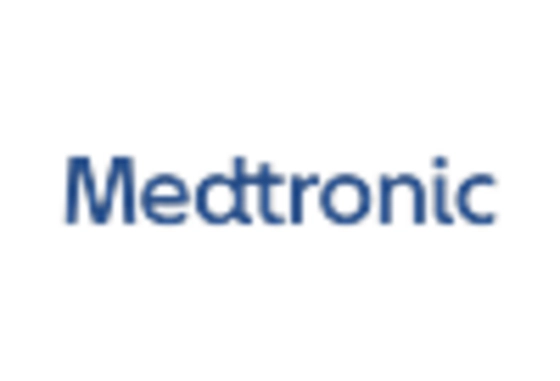









Leave a Comment